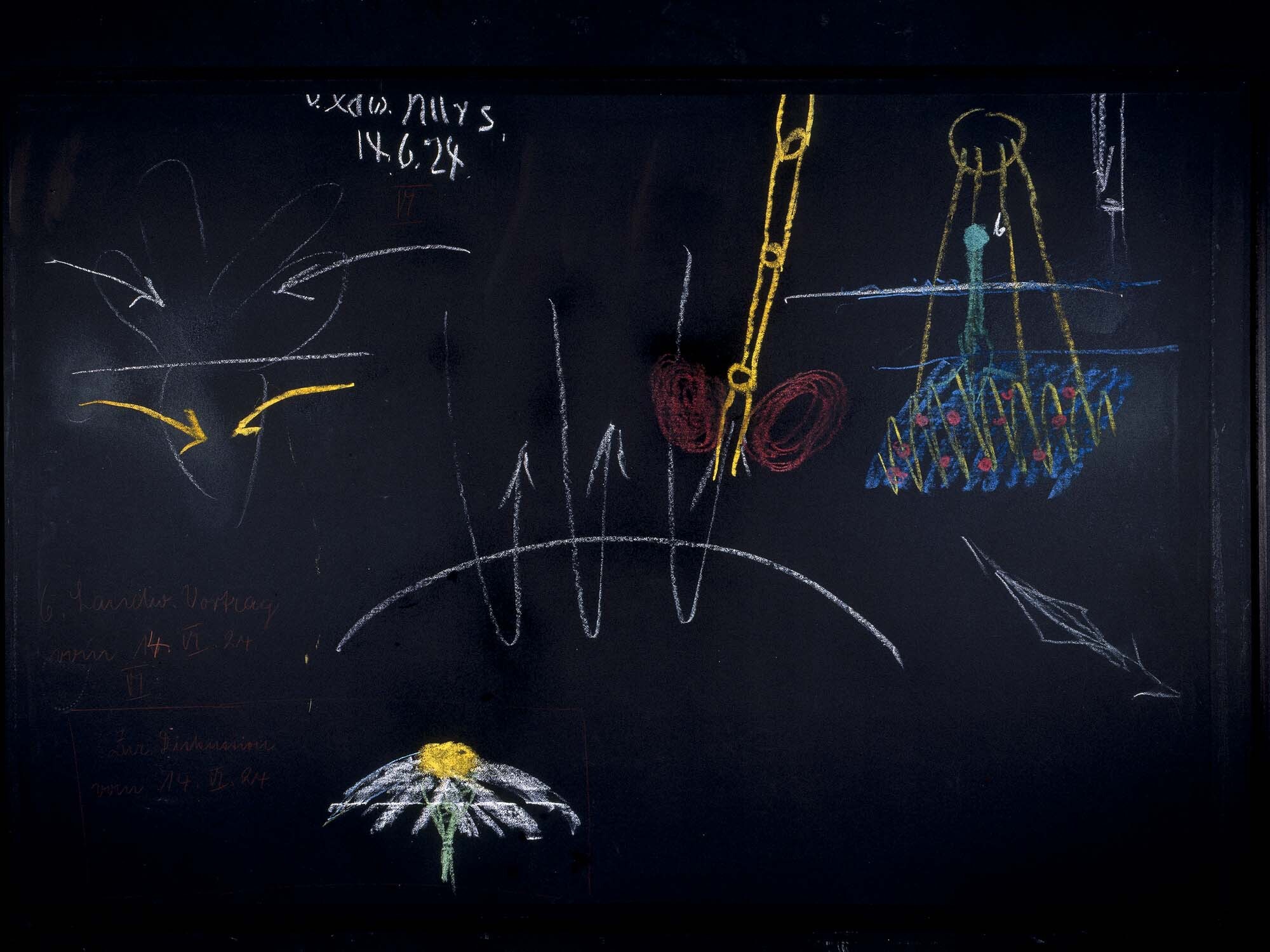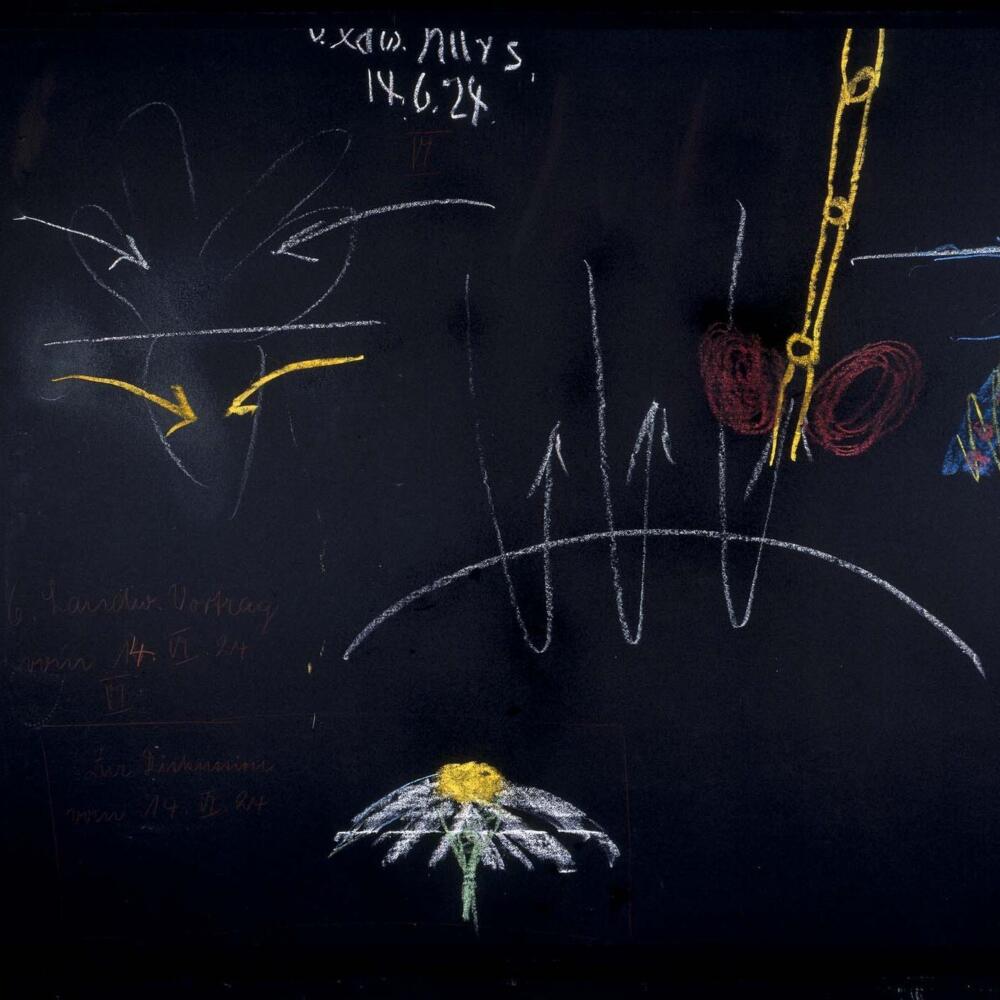What Were Rudolf Steiner’s Sources for the Agriculture Course?
Rudolf Steiner was not a farmer. Despite this, he delivered the Agriculture Course—eight lectures in June 1924 that provided the starting point for a profound and wide-ranging renewal of agriculture. How was he able to speak in such a way that his words were and still are fruitful for farmers, gardeners, landscape designers, and plant breeders? Where did he get this knowledge from?
In this context, I also aim to resolve some uncertainties and outdated knowledge. For example, an article by Wolfgang Held, published in Das Goetheanum, states that “agricultural ecologist Andrew Lorand estimates that seventy percent of Rudolf Steiner’s Agricultural Course was adopted from other authors.”[1] So, I will try to broaden the horizon of questions and ask how much of the spiritual scientific knowledge in the course has been adopted from elsewhere—in the sense that it is ancient human knowledge—and how much is genuinely from Steiner. In any case, what is true is that even if Rudolf Steiner’s Agriculture Course contains facts from natural science, agronomic knowledge of the time, human wisdom from the Mysteries, and other things, the course itself is a genuine new creation.
Biographical Sources
Steiner was a scientist, man of letters, philosopher and theosophist—how could he possibly have had any contact with agriculture? Well, due to the circumstances of life at the time, it was impossible for him not to have had such contact since, around the year 1900, fifty per cent of the population in Central Europe worked in agriculture. Rudolf Steiner grew up in the countryside, admittedly at the railway stations where his father worked, but cattle grazed next to the tracks. “I grew up entirely out of the peasant folk, and in my spirit, I have always remained there—I indicated this in my autobiography. Though it was not on a large farming estate such as you have here, in a smaller domain, I myself planted potatoes, and though I did not breed horses, at any rate, I helped to breed pigs. And in the farmyard of our immediate neighbourhood, I lent a hand with the cattle.” (CW 237)[2]

As a student at the University of Applied Sciences in Vienna, he studied many scientific subjects and acquired a broad knowledge of natural history, and he kept up to date with the rapidly advancing research throughout his life. He then published Goethe’s scientific writings and in doing so, acquired an alternative view of nature, a view in line with its essence. During his time as a tutor to the Specht family, he had access to the accounting books of the textile trading company of the master of the house and learnt a lot about the global trade in colonial goods such as cotton. He was acquainted with and a friend of the herbalist Felix Koguzki, who had a deep knowledge of nature. Another friend he visited in Transylvania published an agronomic journal (Rudolf Steiner, Autobiography, CW 28). Among the Theosophists were landowners whom he visited on their estates and with whom he discussed agricultural matters. The “Kommende Tag” [Coming Day], an associative economic community, also included farms. The Coffea preparation was developed in this community in the early 1920s, together with the veterinarian Joseph Werr and others. Visits to the stables were the order of the day.
This excerpt comes from an article originally published in the (online exclusive) English Edition of the Weekly ‹Das Goetheanum›. You can read the full article on the website of ‹Das Goetheanum›.

